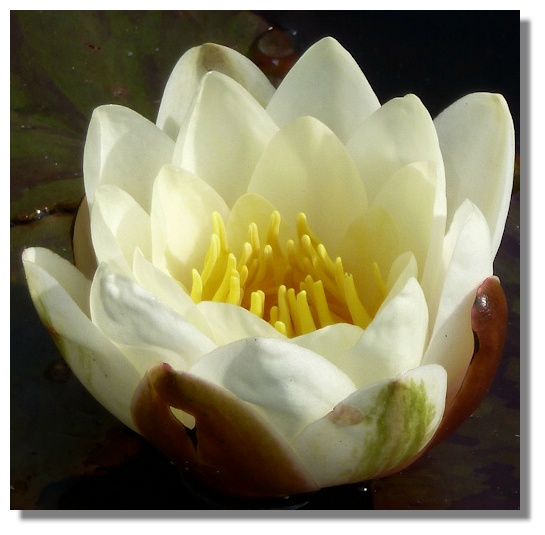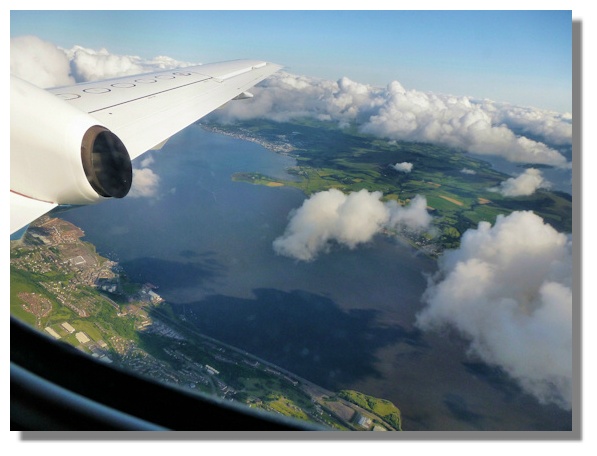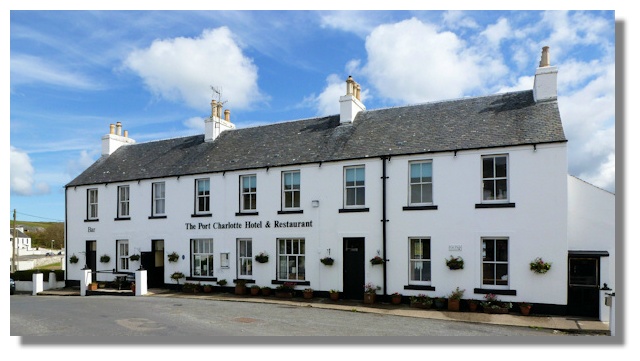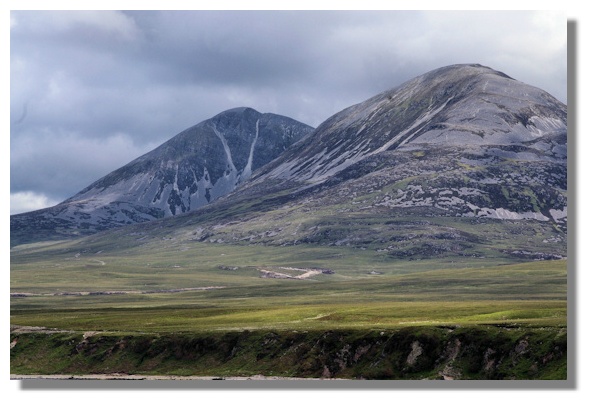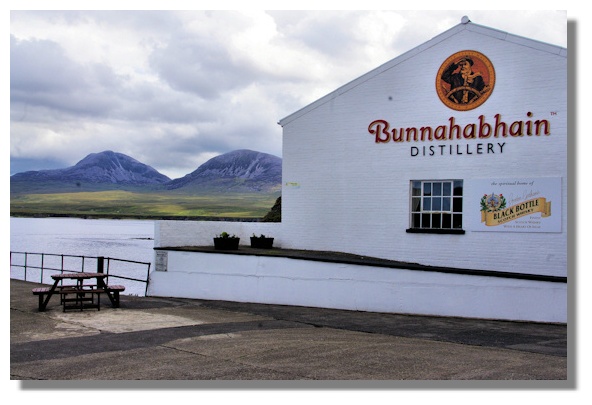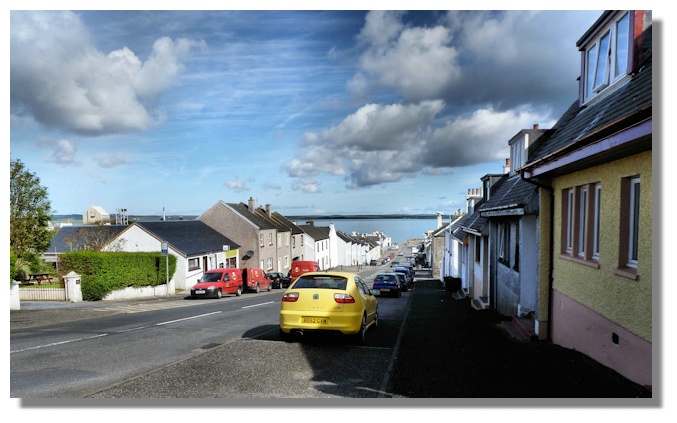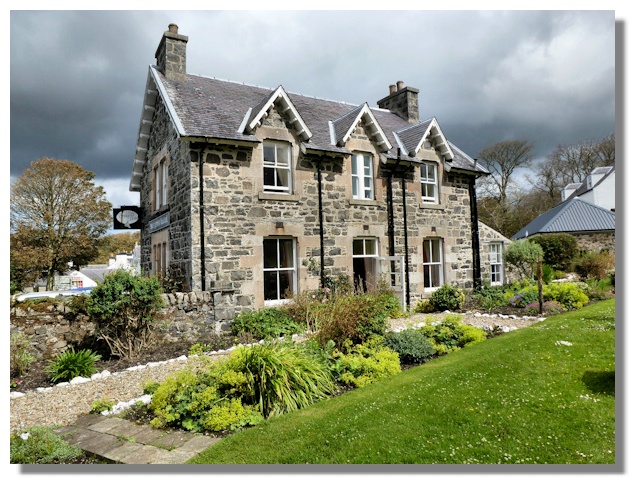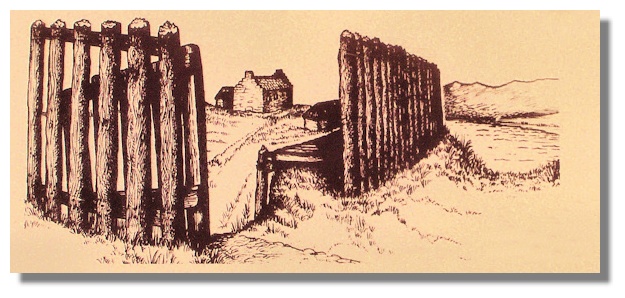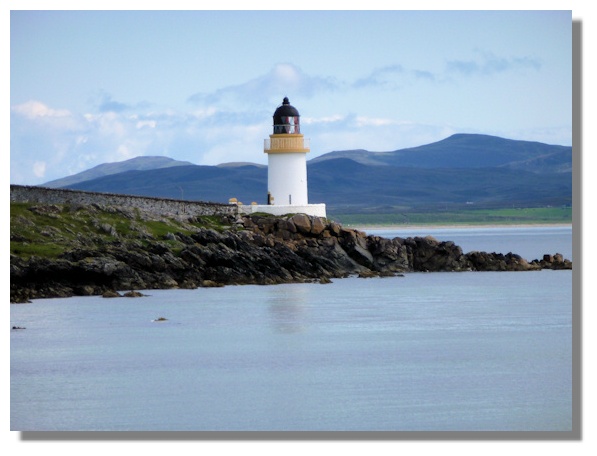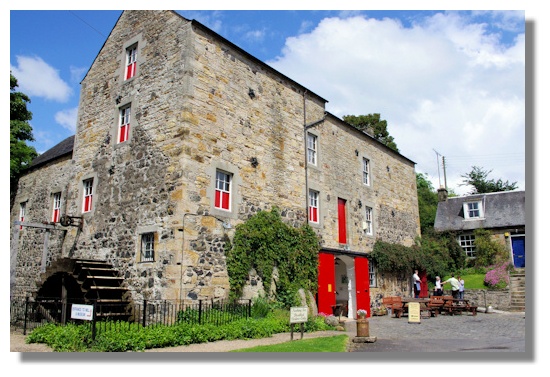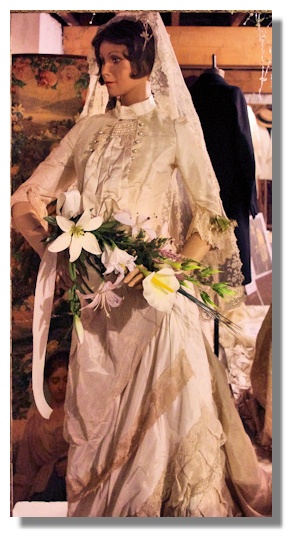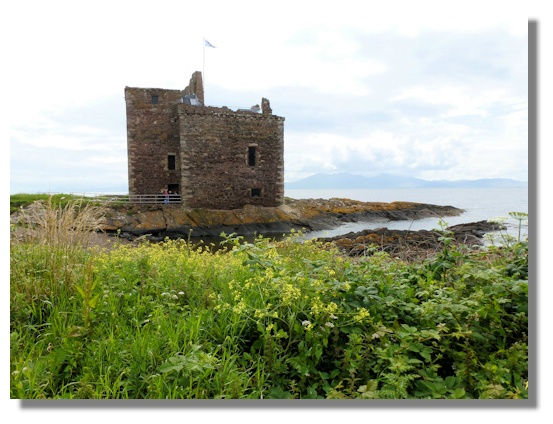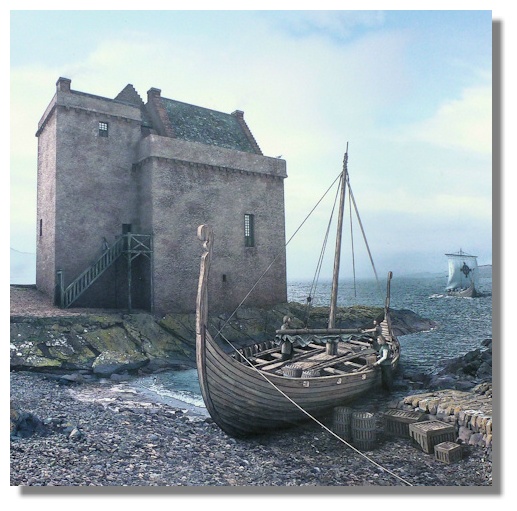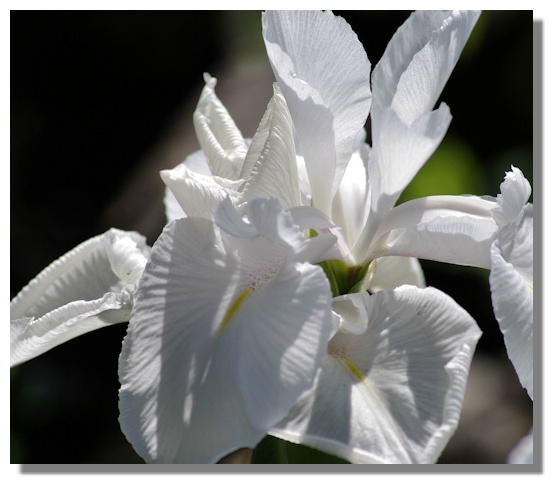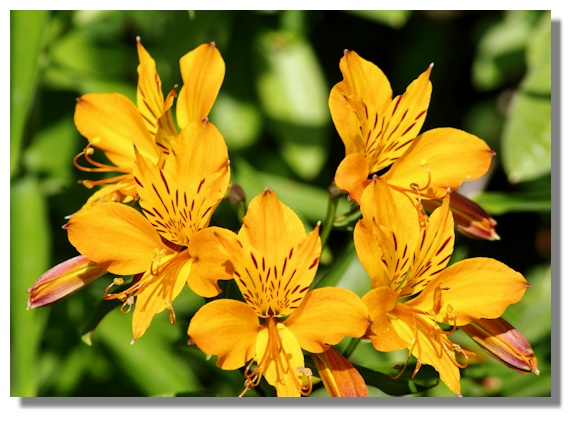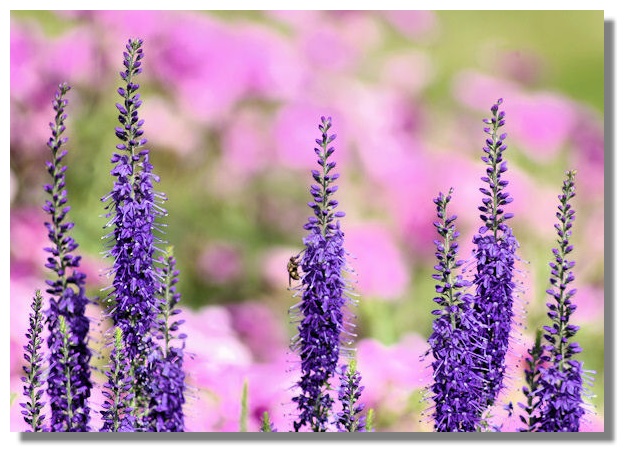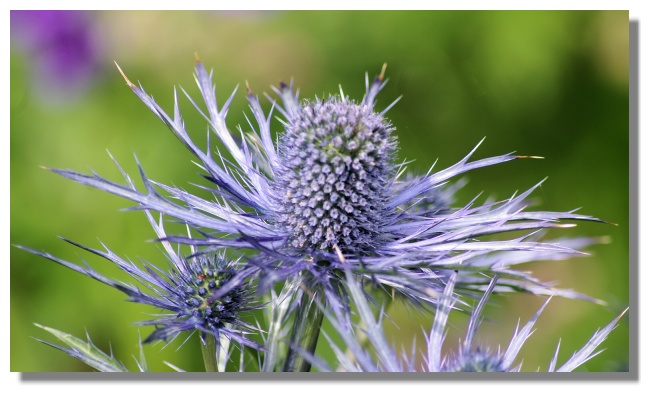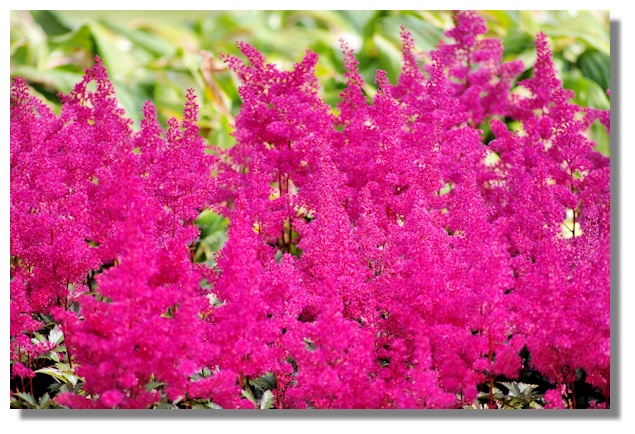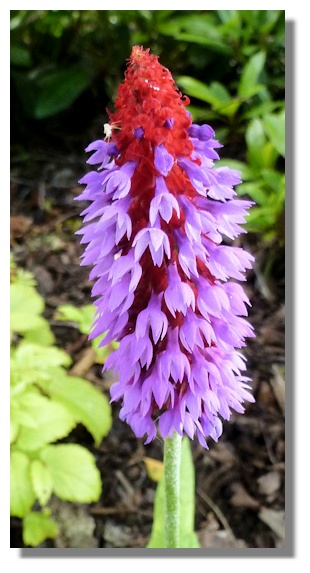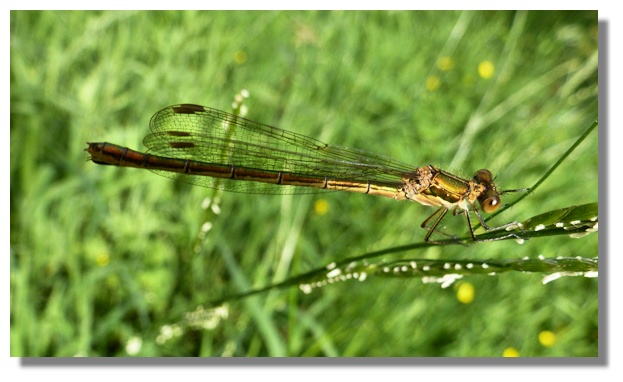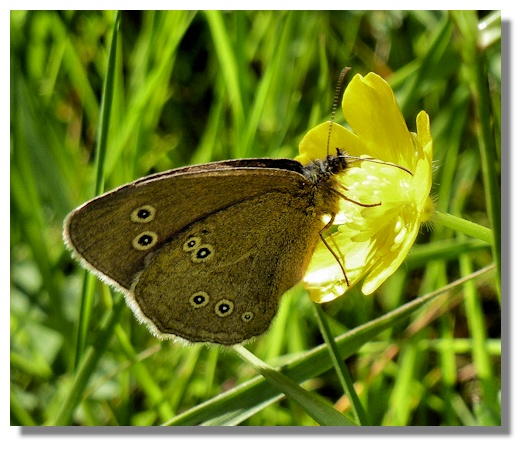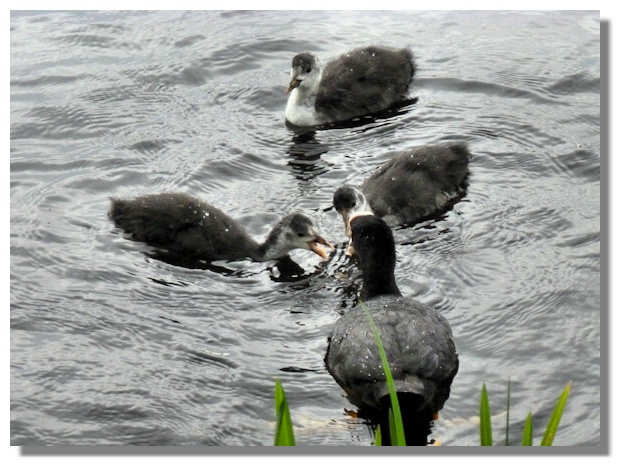Scottie's Monthly Photo Diary
- First Half July 2011
Background
I never go anywhere in Scotland without my camera and I take photographs wherever I go. Sometimes I go somewhere specifically to take photographs with a view to adding another page to the Rampant Scotland site. On other occasions I just see something that makes an attractive picture or else it's another graphic to add to the library to perhaps use on a future occasion. This is a selection of the best photographs I took in the first half of July 2011 with a commentary on each one. It thus forms a pictorial diary of my travels during the month which can be shared by everyone! There's also a link to a slide show of the pictures on YouTube.
Islay
My trip to Islay in the Inner Hebrides is featured also in the diary page Flying Trip to Islay and the video slide show of many of the pictures taken that day is also available on YouTube at Islay Tourist Guide. But here's a selection of the graphics in the larger format which is available on this Diary format. The first picture (above) shows a view of the Firth of Clyde as we flew out from Glasgow airport, heading westward towards Islay.
Port Charlotte is a charming village overlooking Loch Indaal, with lots of white-washed cottages. Many are now holiday homes - known locally as "unlit houses" as they are often unoccupied. In addition to Port Charlotte Hotel, seen here, there are a number of other places to eat in Port Charlotte and cheeses can be obtained from the local creamery. Port Charlotte is a stronghold of the Gaelic language and the signs for its street names are in Gaelic.
The Paps of Jura are visible on the horizon from many parts of Islay. This view is from Port Askaig across the Sound of Islay; there are three steep-sided conical mountains on Jura - the tallest of which is Beinn an Òir (Gaelic for mountain of gold) standing at 2,575 feet (785 m). It is thus a "Corbett" (a Scottish term for hills between 2500-3000 feet). There is a ferry from Port Askaig on Islay which takes pedestrians, cars and trucks the short distance across the water to Jura.
Bunnahabhain Distillery has a lovely outlook across the Sound of Islay to the Paps of Jura. Bunnahabhain is one of the most remote distilleries in Scotland and is located at the end of a long, single-track road. While there are passing places on the road, meeting a large truck thundering south from the distillery while turning a corner can be an exciting experience!
This is the main street in Bowmore - surprisingly wide for such a small place. Bowmore is the largest village on Islay and the local distillery is a major employer there. The village also boasts the island's only heated swimming pool - a great advance over learning to swim in the Atlantic! Bowmore is also home to Islay High School which means that local children don't have to go to the mainland to complete their secondary education.
We stopped for morning coffee at Bridgend Hotel. With the sun shining brightly we accepted the offer of having our snack sitting in the garden at the back of the hotel.
Finlaggan was once the seat of the "Lord of the Isles" and is regarded as the ancestral home of Clan Donald. At various times during the 13th, 14th and 15th centuries there were a number of stone buildings on two of the islands on the loch at Finlaggan. Access then was by boat and for added protection, there was a wooden palisade surrounding the buildings. The picture here is a drawing displayed by the Finlaggan Trust to illustrate what it may have looked like.
Not surprisingly for an island subjected to the storms and south-westerly gales sweeping across the Atlantic, there are a number of lighthouses at various points along the coast. There is an unusual square lighthouse at Carraig Phada on the Oa peninsula in the south of Islay but this one, Rubh' an Duin Lighthouse at Port Charlotte is the more traditional circular tower shape. It was built in 1869 by David & Thomas Stevenson, part of the family that made a name for themselves building lighthouses around the coast of Scotland. Thomas designed over thirty lighthouses in Scotland and was the father of writer Robert Louis Stevenson. Thomas was most disappointed that his son did not follow in his father's footsteps and become a civil engineer.
Dalgavern Mill Museum of Country Life and Costume
I only learned of the Dalgarven Mill Museum of Country Life and Costume near Kilwinning when I was asked to include a link to the "Scottish Textile Trail" web site some weeks ago. The machinery in the mill can still operate, driven by that mill wheel at the side of the building. The museum offers a fascinating insight into the local area with a vast collection of items on display, mainly donated by people living in the area.
Acknowledging the wedding of Prince William and Kate Middleton earlier this year, the museum has a special display of wedding dresses covering the years from 1865 to the present day. This one was used in 1865. Many of the dresses had notes about the circumstances of the wedding or pictures of the occasion in which it was worn.
There are many household items on display and there are rooms illustrating what life was like at particular time periods. The items in the picture above are rarely used these days - tea cosies to keep the tea pot warm!
Wedding Dresses 1937-1939
The wedding dresses here date from 1937 to 1939. One of the later wartime "wedding dresses" was a military uniform!
Portencross Castle
Portencross castle in Ayrshire dominates the sea approaches to the Firth of Clyde and there are traces of a castle on a hill overlooking the site of the present Portencross castle that dates back to the 1100s and 1200s. The lands at that time were controlled by the de Ross family, originally of Norman descent. But as a result of not supporting Robert the Bruce, the Ross family lost their lands and the king gave them instead to Sir Robert Boyd of Kilmarnock, a loyal supporter. Around 1360 Portencross castle was built by the Boyds on the rocky coast where we see it today. The Boyds remained in the castle until the 1660s when the family moved to mansion house close by and local fishermen occupied the building instead. But the roof blew off in a gale in 1739.
Although some restoration work was carried out on the building by British Nuclear Fuels after they had built a nuclear power station further up the coast at Hunterston, Portencross Castle was in danger of collapse. A local charity, Friends of Portencross, began efforts to raise money to preserve the building for future generations. Conservation work started in 2009 with support from the Heritage Lottery Fund, Historic Scotland and the Architectural Heritage Fund. The castle is now open to the public and there are displays within the building showing its history - including the imaginative painting seen above of a Viking galley beached beside the castle. Of course, although Vikings did arrive on these shores, it was long before Portencross castle was built.
Finlaystone Country Estate
Although July's weather has continued to be wet and unsettled (with some torrential downpours in the east of Scotland causing flooding) there have been some sunny spells too, and it was on one of those days that we drove across the river Clyde via the Erskine Bridge to Finlaystone Country Estate on the border between Inverclyde and Renfrewshire. The gardens there are at their best in July and August and this white lily was putting on a particularly fine show.
Alstroemeria is one of my favourite garden flowers. Commonly called the Peruvian Lily or Lily of the Incas, it originated in South America. The plant's seeds were among many collected by Claus von Alströmer (1736 - 1794) on a trip to South America in 1753. Many hybrids have been developed, with different markings and colours, ranging from white, golden yellow, and orange, to apricot, pink, red, purple, and lavender. The most popular and showy hybrids commonly grown today result from crosses between species from Chile with species from Brazil.
There are about 500 species of Veronica and common names include speedwell, bird's eye, and gypsyweed. The variety here is Veronica longifolia, easy to recognise with its long, thin spires of lavender coloured flowers.
Eryngium is often used by florists to mimic the Scottish thistle, particularly in areas where this symbol of Scotland is not easily available. Common names include Sea-holly and Eryngo, the former typically being applied to coastal species, and the latter to grassland species.
Finlaystone has a large display of the tall spires of Astilbe in a formal area of the garden with boxed hedging around the borders. Some species are commonly known as False Goat's Beard, and False Spirea. Astilbe are native to Asia and North America. They are cultivated by gardeners both for their large, handsome, often fern-like foliage, and dense, feathery plumes of flowers. They are also good at producing blooms in full shade.
Drumpellier Country Park, North Lanarkshire
Surprisingly, this flower is a primrose, known by the name Primula Vialii. The upright stems have a rocket-shaped spike of flowers in a shocking combination of mauve-pink and scarlet red, appearing in summer. It was found by the French missionary botanist Père Delavay.
Drumpellier Country Park has a garden area which boasts a water feature bordered by plants such as begonias and primroses at different times of the year. The pool has water lilies - and is home to a large number of tadpoles which eventually transform into frogs, some of which attempt the hazardous journey to the large loch in the centre of the park.
All that water encourages the local damsel flies, which are similar to dragonflies, but the adults can be differentiated by the fact that the wings of most damselflies are held along, and parallel to, the body when at rest. In addition, the hindwing of the damselfly is essentially similar to the forewing, while the hindwing of the dragonfly broadens near the base. Damselflies are also usually smaller than dragonflies and weaker fliers in comparison, and their eyes are separated.
Butterfly numbers seem to get smaller and smaller as the years go by so it was a pleasure to find some Ringlet butterflies at Drumpellier. There is a large grassland area in the park and these butterflies (and also the Meadow Brown variety) thrive in such an environment. Of course, seeing a butterfly and getting a picture do not necessarily follow one another as the butterflies zip around in the sunshine. Eventually this one stopped long enough to recharge its fuel tanks at a buttercup!
I am always impressed by the hard working coot parents that assiduously collect food for their youngsters and rarely seem to eat anything themselves. This is in complete contrast to some other birds such as mallards, tufted ducks and swans which take their young to the best areas for feeding but leave the balls of fluff to find their own food.
If you want to read the other Diary entries going back to 2009, there is an Index page.
